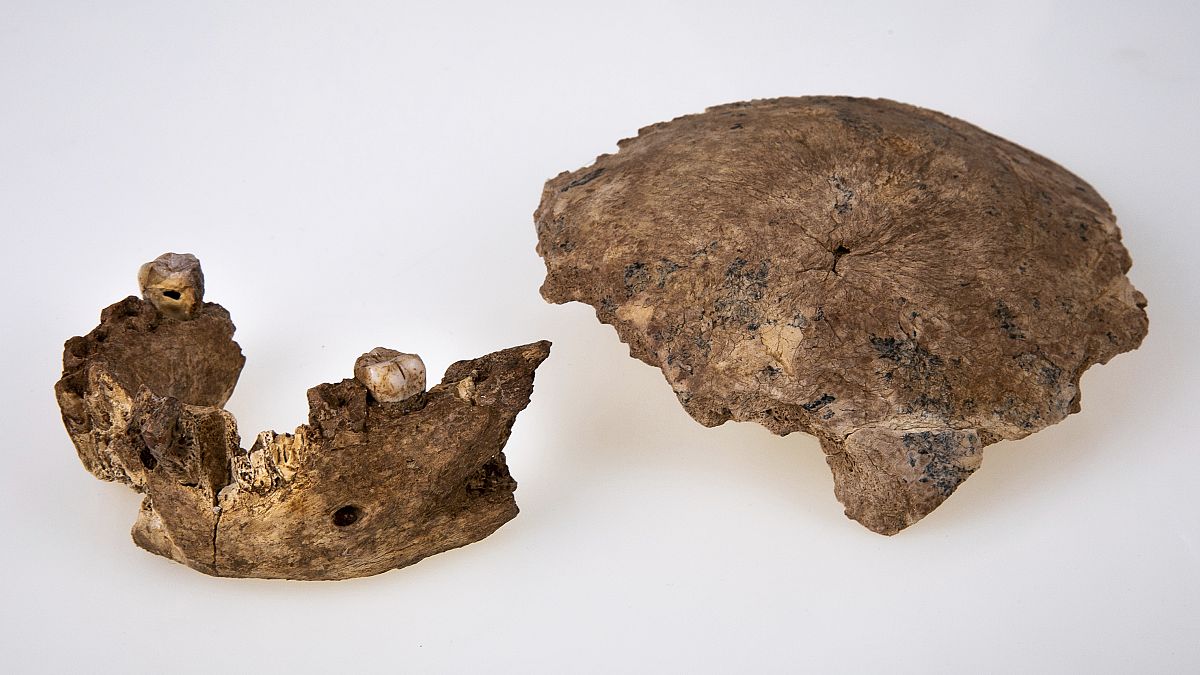After years of study, scientists reported bones found in an Israeli quarry are 120,000 to 140,000 years old, and probably belonged to a group closely related to Neanderthals.
Bones found in a quarry in Israel likely belong to a previously unknown group of hominids from a branch of the human evolutionary tree, scientists say.
The bones, which are dated to 120,000 to 140,000 years old, probably come from a group closely related to Neanderthals, and share many of their features.
After years of studying the bones, which didn’t match to any previously known species, researchers say there are enough similarities to link the group to other populations found in prior excavations in Israel dating to around 400,000 years ago.
The anthropologists say the findings bolster the idea that Neanderthal-like groups overlapped with homo sapiens in the Middle East over a long period of time, potentially tens of thousands of years.
“The teeth have some unique features that enable us to draw a line between these populations,” said Tel Aviv University dental anthropologist Rachel Sarig, a co-author of the paper published in the journal Science.
"When we looked at these bones, we immediately saw that it's about a different type of human," said Dr Hila May from the Sackler Faculty of Medicine, who has been working on the project.
"It's not homo sapien. The fragment of the skull indicated a very low skull and flat, not like us that is rounded and tall, and the mandible had no chin. And we know that chin is something that only we have the homo sapiens. So we immediately understood that we have something else."
Israel Hershkovitz, a physical anthropologist at Tel Aviv University, said the group probably inhabited the region from around 400,000 to 100,000 years ago, and that the remains found at Nesher Ramla are likely from “some of the last survivors of a once very dominant group in the Middle East.”
It is thought by many scientists that the arrival of homo sapiens in Europe led to the decline of Neanderthals there, whether through violence, interbreeding, or spreading of disease.
But evidence suggests the story may have been different in the Levant region - the crossroads between North Africa and Eurasia.
There were likely cultural and genetic exchanges between the groups, the authors suggest in a paper.
“The Neanderthal story can no longer be told as a European story only. It’s a much more complicated story,” said Hershkovitz.
Sheela Athreya, a Texas A&M University paleoanthropologist who was not involved in the study, said the new research "gives us a lot to think about in terms of the history of population groups in this region, and how they may have interacted with populations in other regions, in Europe and North Africa."
The Nesher Ramla fossils “look like something on a lineage heading toward Neanderthal," said Eric Delson, a paleoanthropologist at Lehman College in New York who was not involved in the study. He characterized the findings as "fossils of what appears to be an intermediate variety — this group may be predecessors to Neanderthals in this area."



